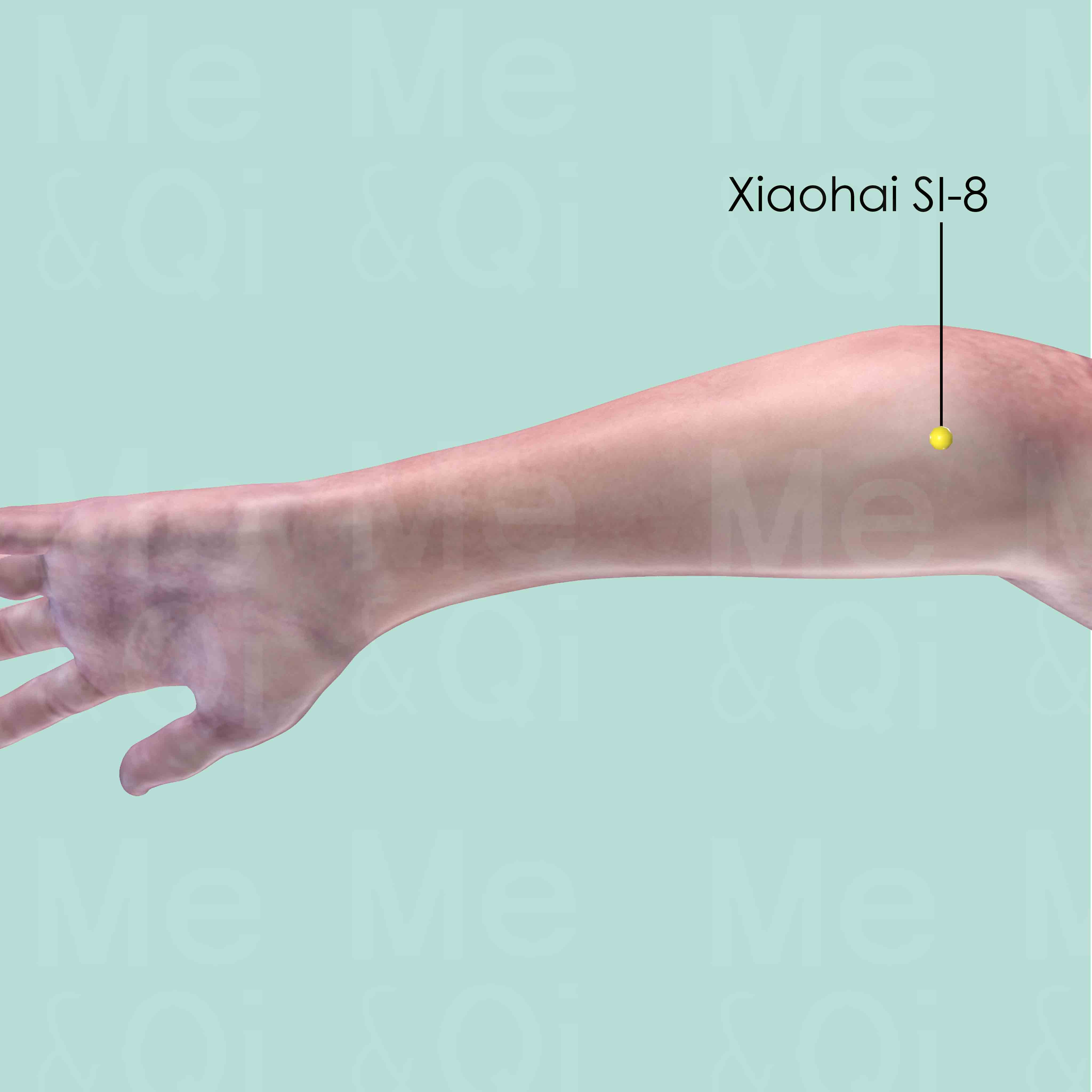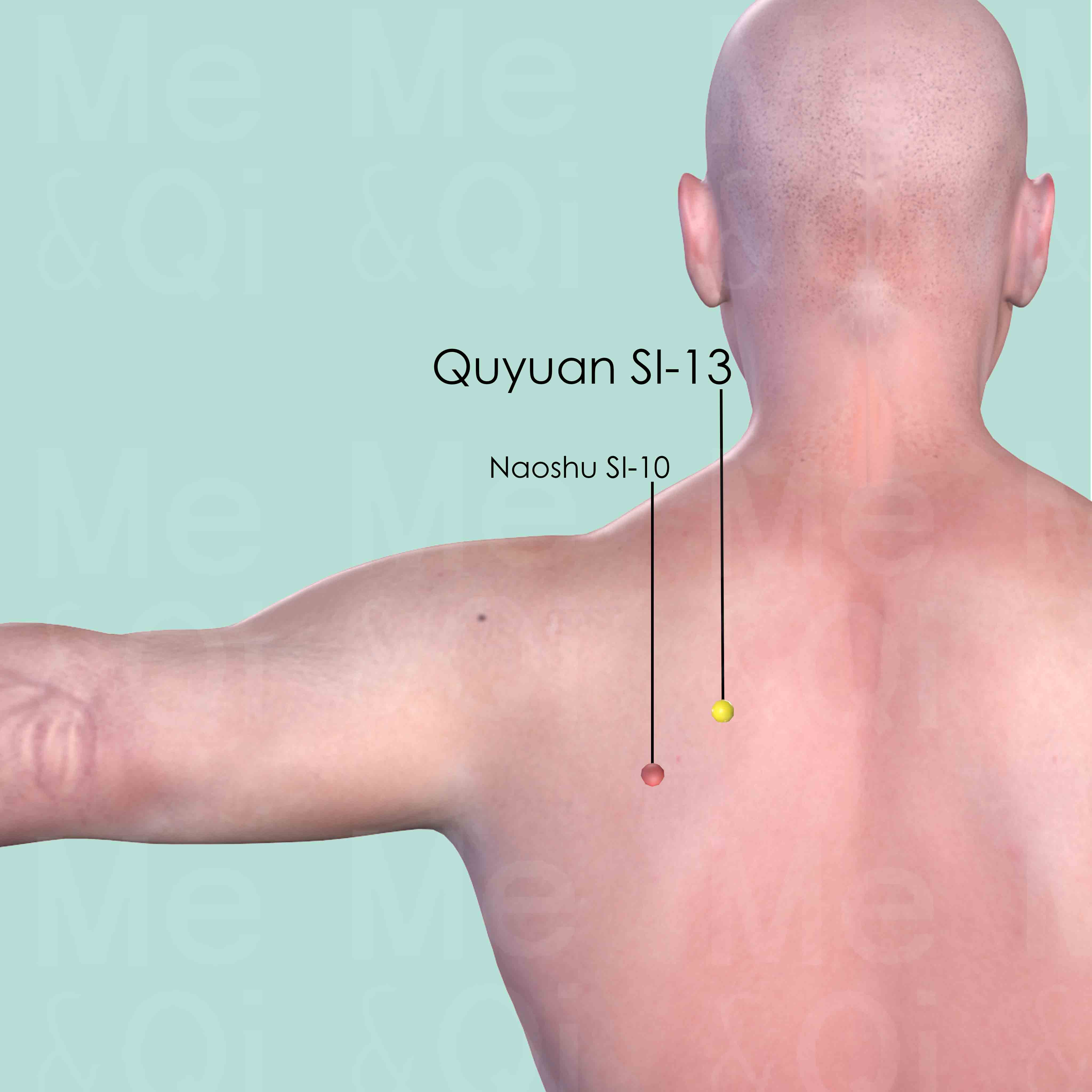Scapula Painaccording to TCM
Symptom families: Bone Pain and Discomfort, Joint Pain and Discomfort, Shoulder Issues
Parent symptom: Bone Pain
What is Scapula Pain?
Scapula pain, commonly referred to as shoulder blade pain, is discomfort felt in the bone that sits on the upper back and connects the humerus with the clavicle. This type of pain can range from a dull soreness to sharp, debilitating pain that limits movement and can radiate to surrounding areas. It's often associated with repetitive movements, poor posture, or underlying conditions such as rotator cuff injuries or degenerative diseases like arthritis.
How does TCM view Scapula Pain?
Traditional Chinese Medicine (TCM) interprets scapula pain as a disharmony or blockage within the body's meridian pathways, particularly those that run across the shoulders and back. The pain is seen as a signal of Stagnant Qi (vital energy) or Blood, which can be caused by external factors like Wind-Cold invasion or internal imbalances such as Qi Deficiency. The TCM approach seeks to identify the root pattern causing the pain to effectively restore balance and alleviate the discomfort.
Acupoints for Scapula Pain
TCM advocates for the use of acupuncture or acupressure to treat scapula pain, targeting specific acupoints that can help unblock Qi And Blood Stagnation in the affected area. The Small Intestine Channel, for example, includes points such as Bingfeng SI-12, Jianwaishu SI-14, and Jianzhen SI-9, which when stimulated, can open the Channel and encourage the smooth flow of Qi, helping to ease pain.
The Bladder Channel acupoints like Dazhu BL-11 and Pohu BL-42 support blood nourishment and Qi tonification, which are essential for bone health and pain relief. The Pericardium Channel's Tianquan P-2 point is also useful for invigorating blood and easing pain, making it another beneficial spot for scapula pain management. These points, when correctly activated, can provide significant relief and are part of a holistic TCM treatment strategy.
Explore below some acupoints used to address scapula pain, organized by meridian.
- By Meridian
- Small Intestine Channel
- Bladder Channel
- Pericardium Channel
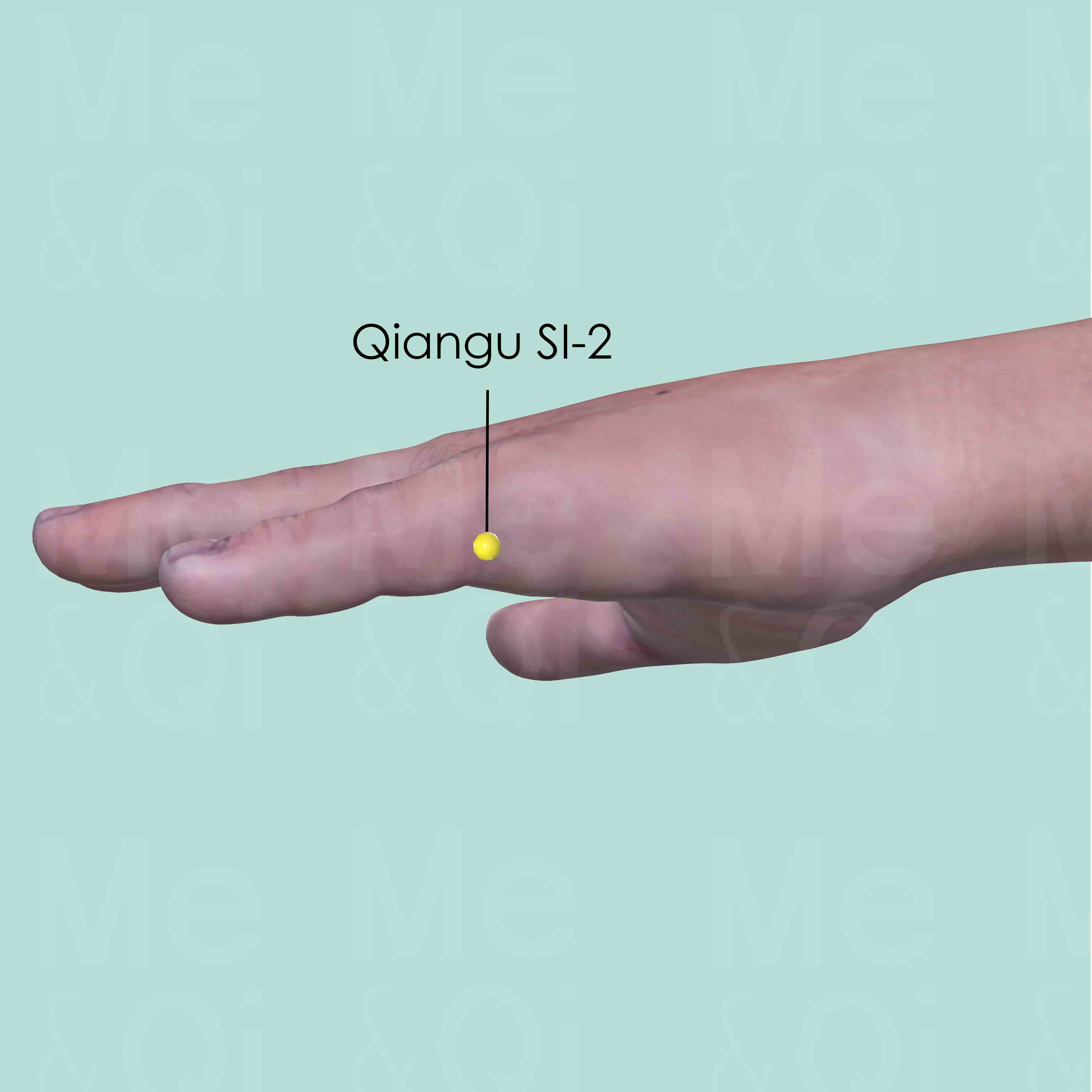
Qiangu SI-2
On the ulnar aspect of the little finger, distal to the metacarpophalangeal joint, at the junction of the shaft and the base of the proximal phalanx.
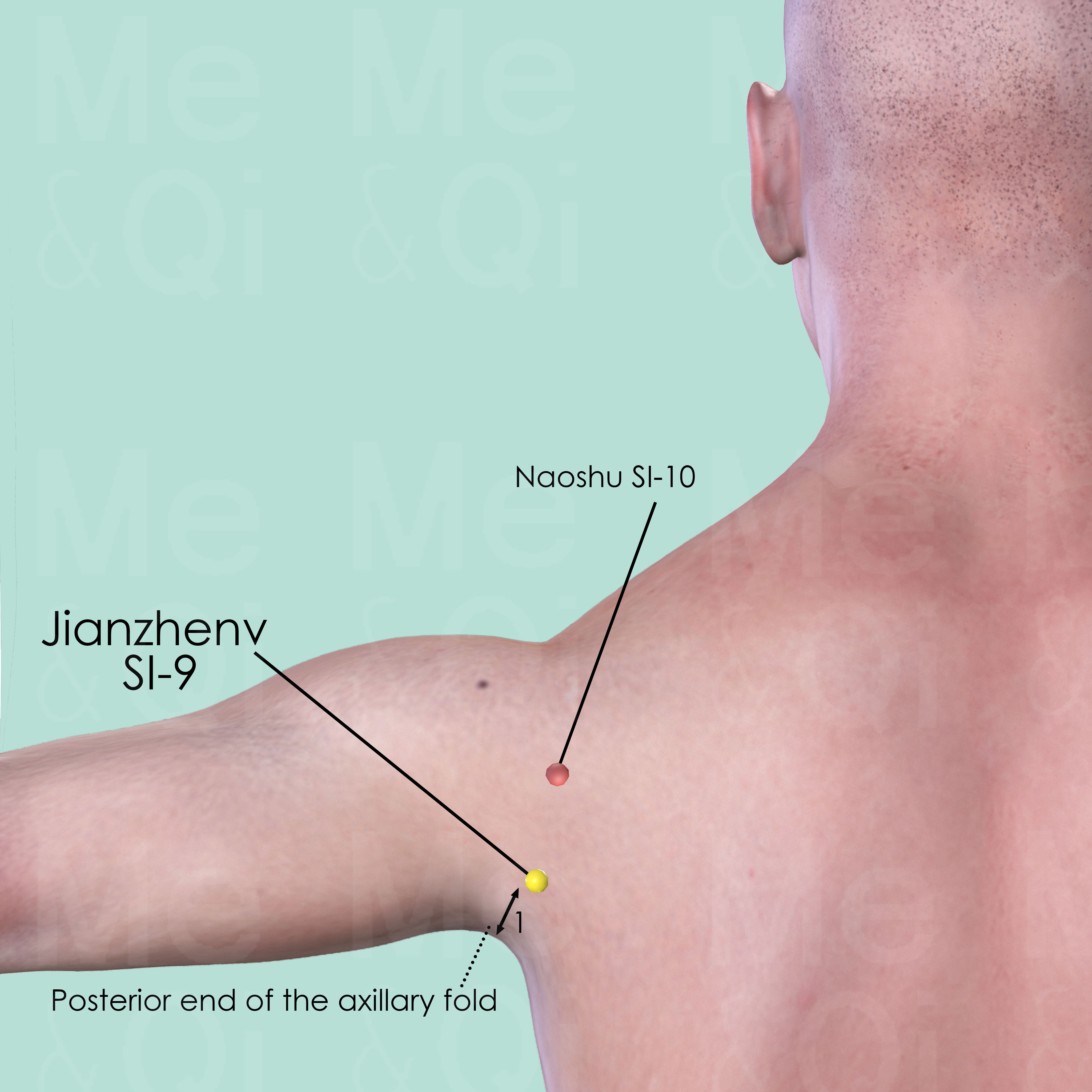
Jianzhen SI-9
Posterior and inferior to the shoulder joint. When the arm is adducted, Jianzhen SI-9 is 1 cun above the posterior end of the axillary fold. Naoshu SI-10 is located directly above Jianzhen SI-9.
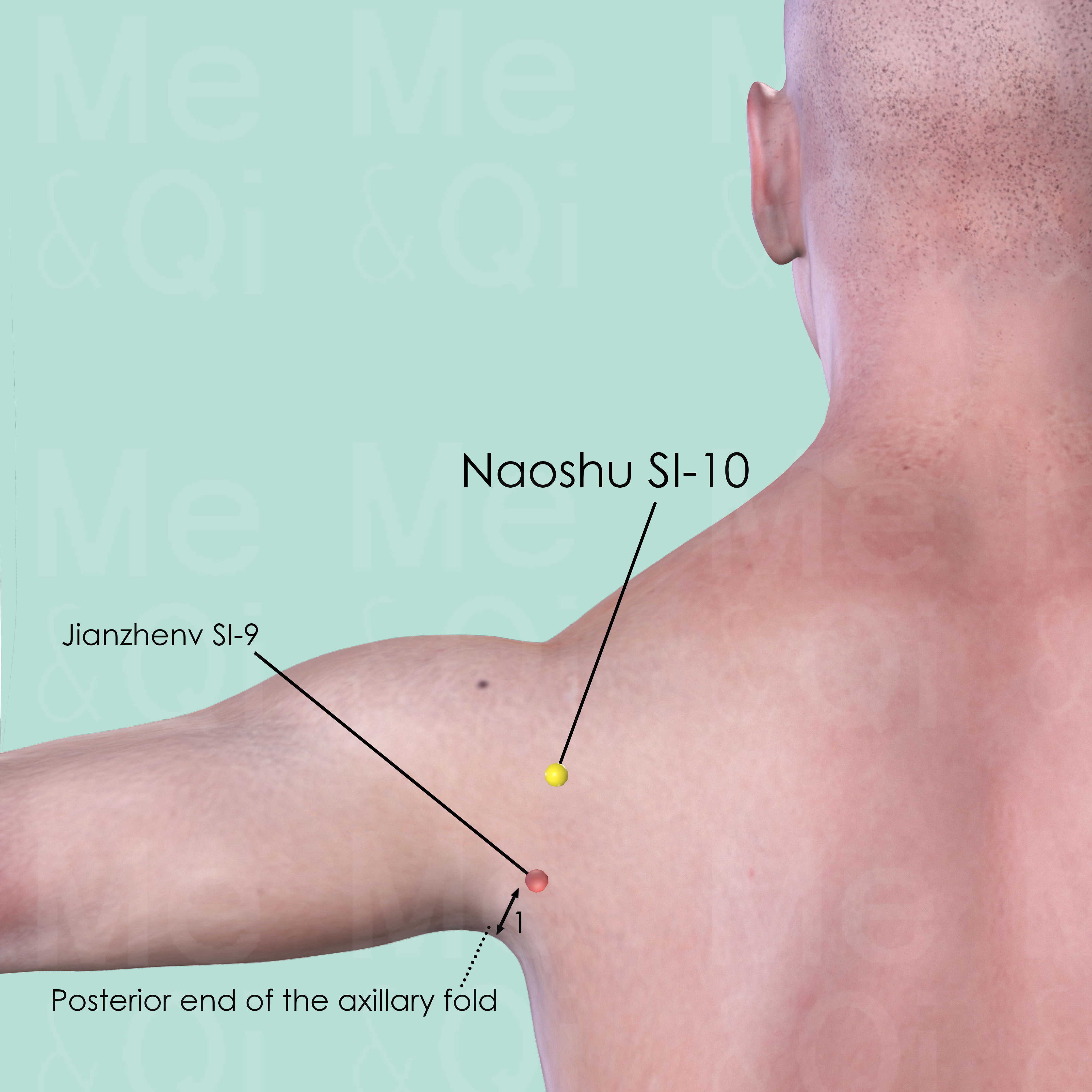
Naoshu SI-10
When the arm is adducted, Naoshu SI-10 is directly above JianZhen SI-9, in the depression inferior and lateral to the scapular spine.
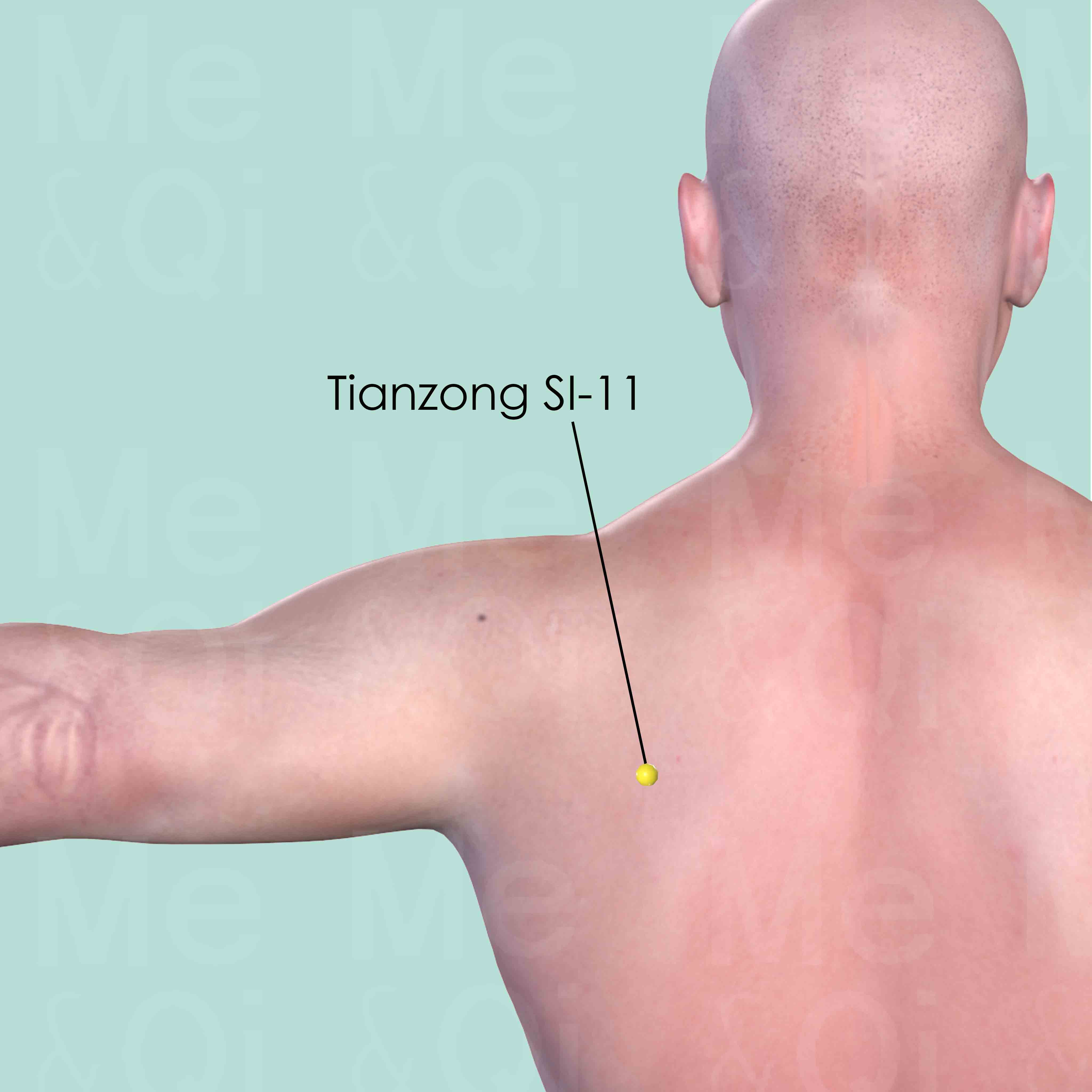
Tianzong SI-11
In the intrascapular fossa, at the junction of the upper and middle third of the distance between the lower border of the scapular spine and the inferior angle of the scapula.
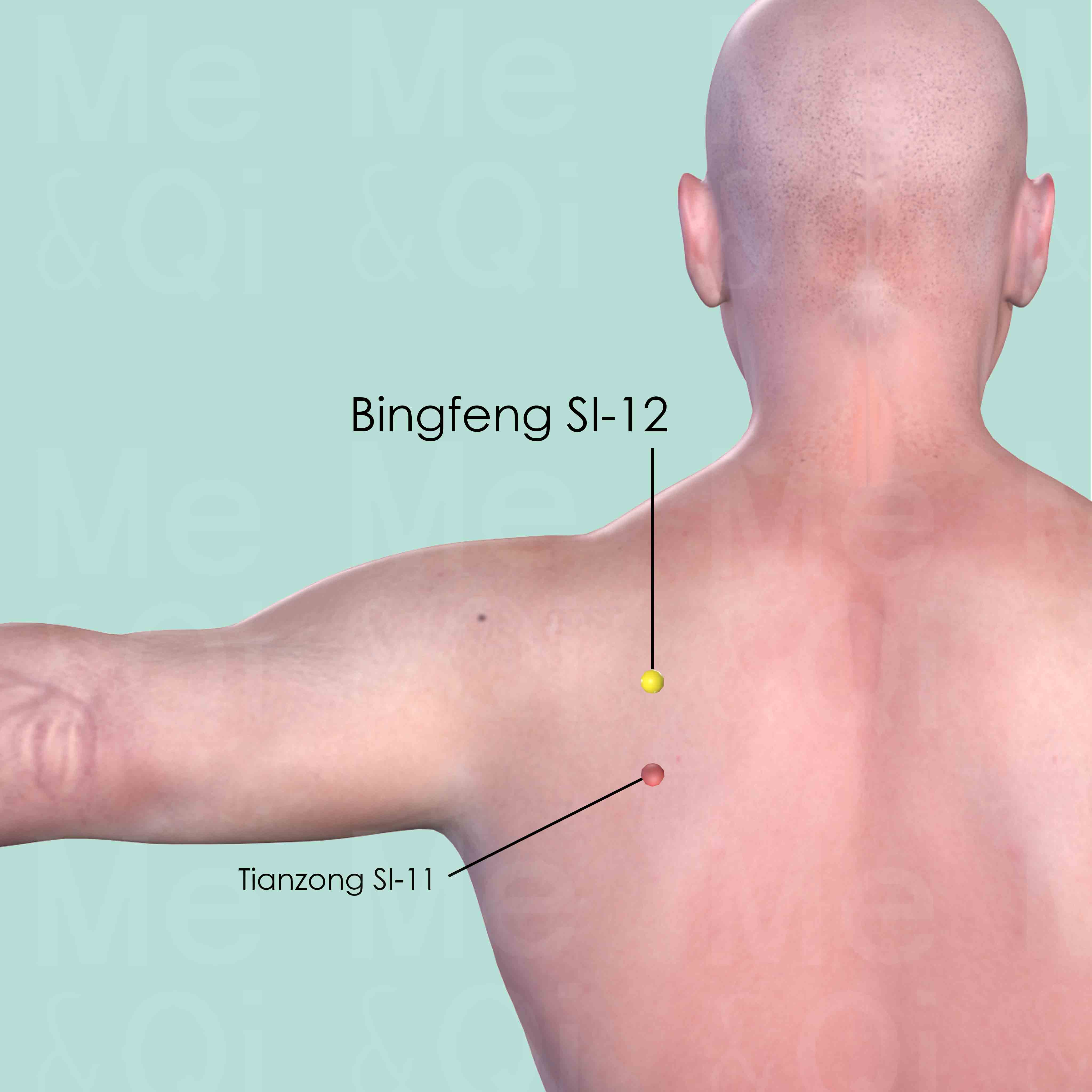
Bingfeng SI-12
In the center of the suprascapular fossa, directly above Tianzong SI-11. When the arm is lifted, the point is at the site of the depression.
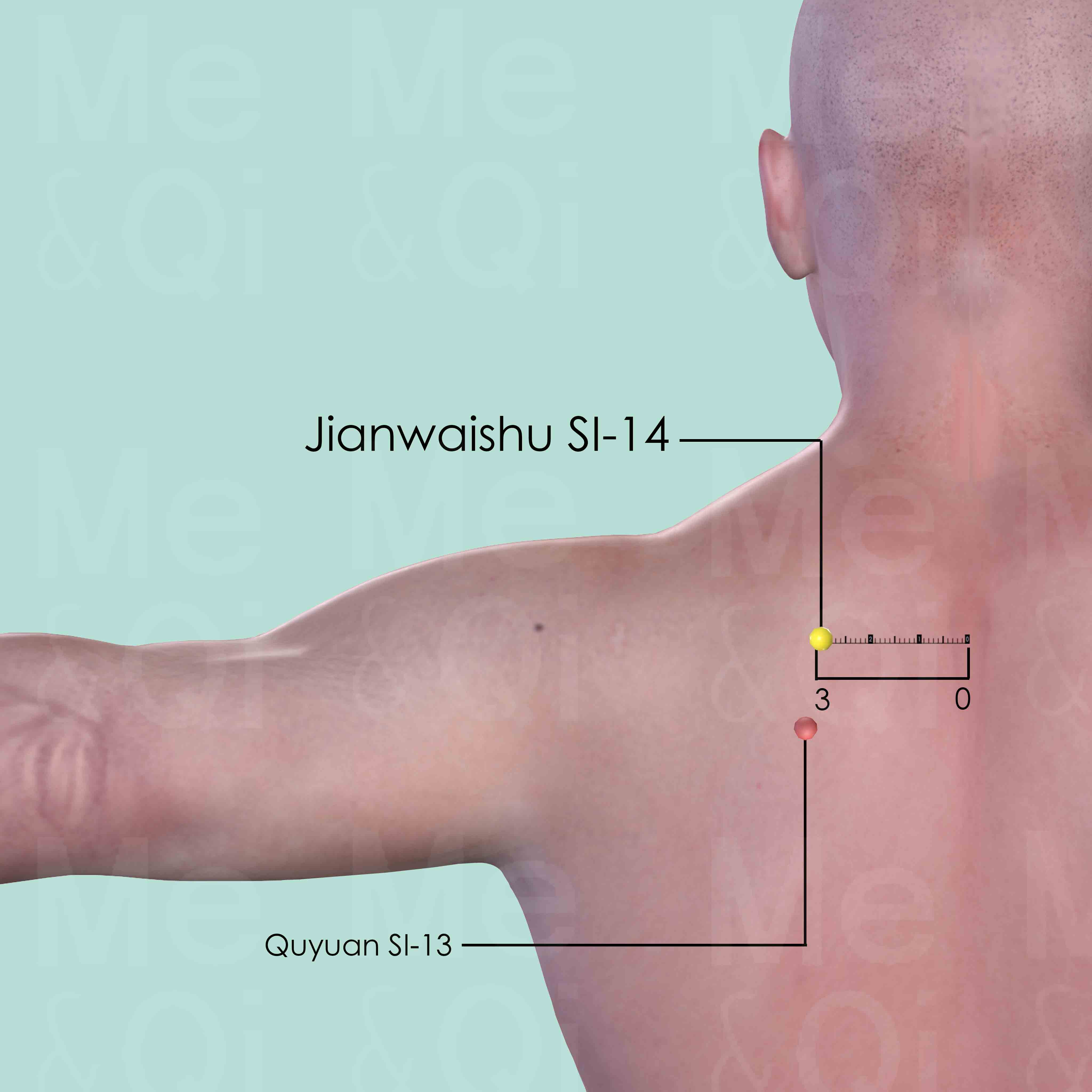
Jianwaishu SI-14
3 cun lateral to the lower border of the spinous process of the 1st thoracic verrtebra (T1), on the vertical line drawn from the levator scapulae muscle.
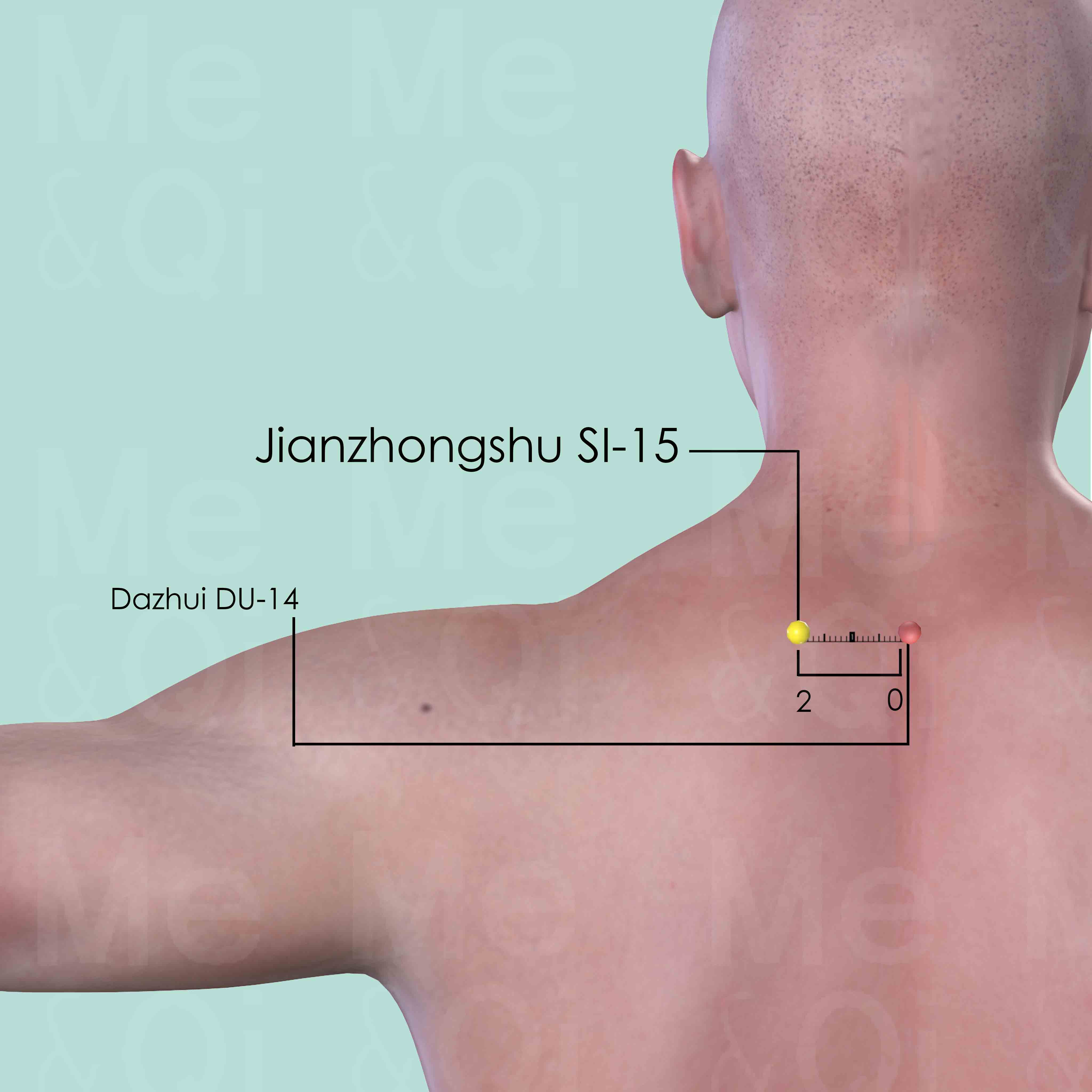
Jianzhongshu SI-15
2 cun lateral to the lower border of the spinous process of the 7th cervical vertebra (C7).
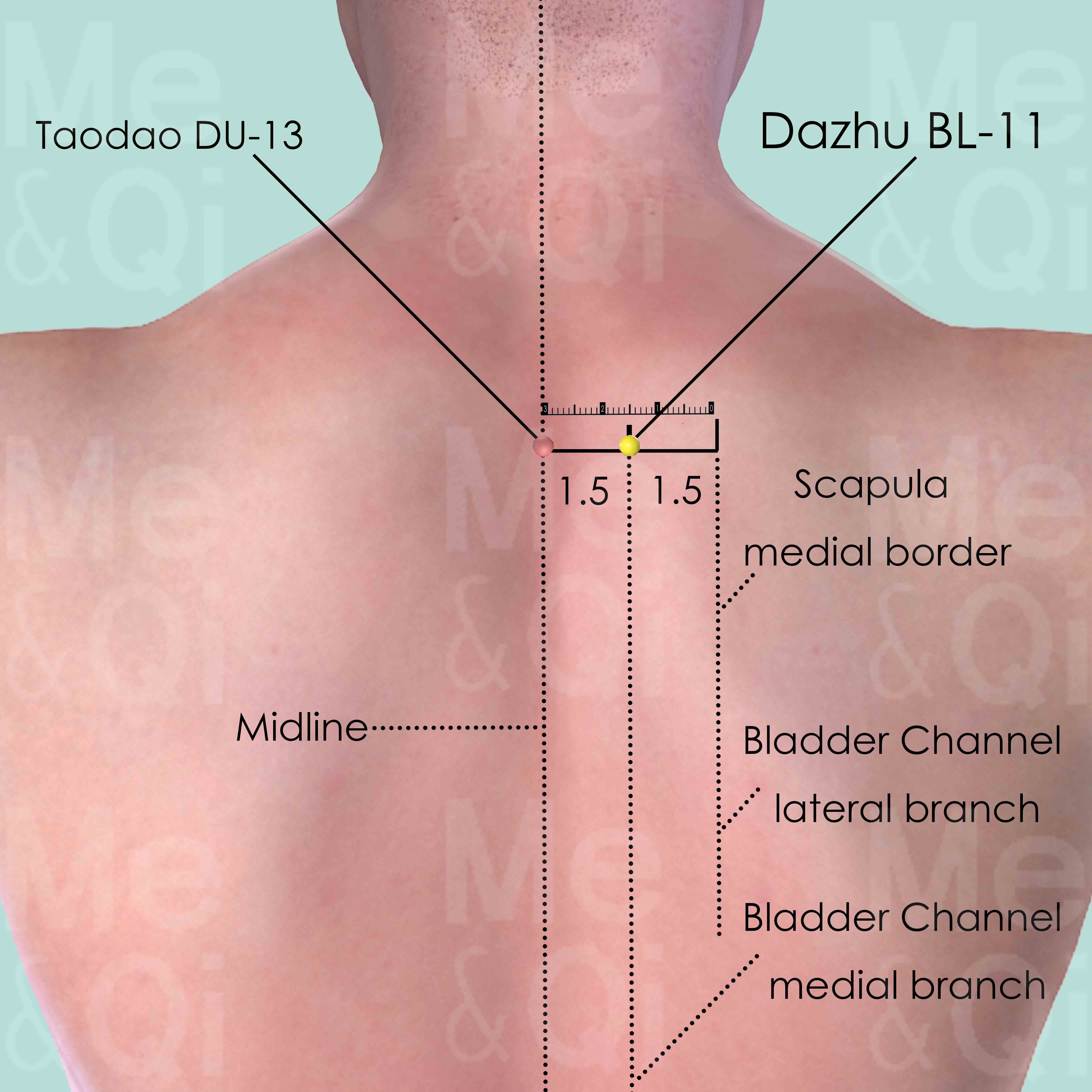
Dazhu BL-11
On the level of the lower border of the spinous process of the 1st thoracic vertebra (T1), 1.5 cun (about 2 finger-breadths) lateral to the posterior midline.
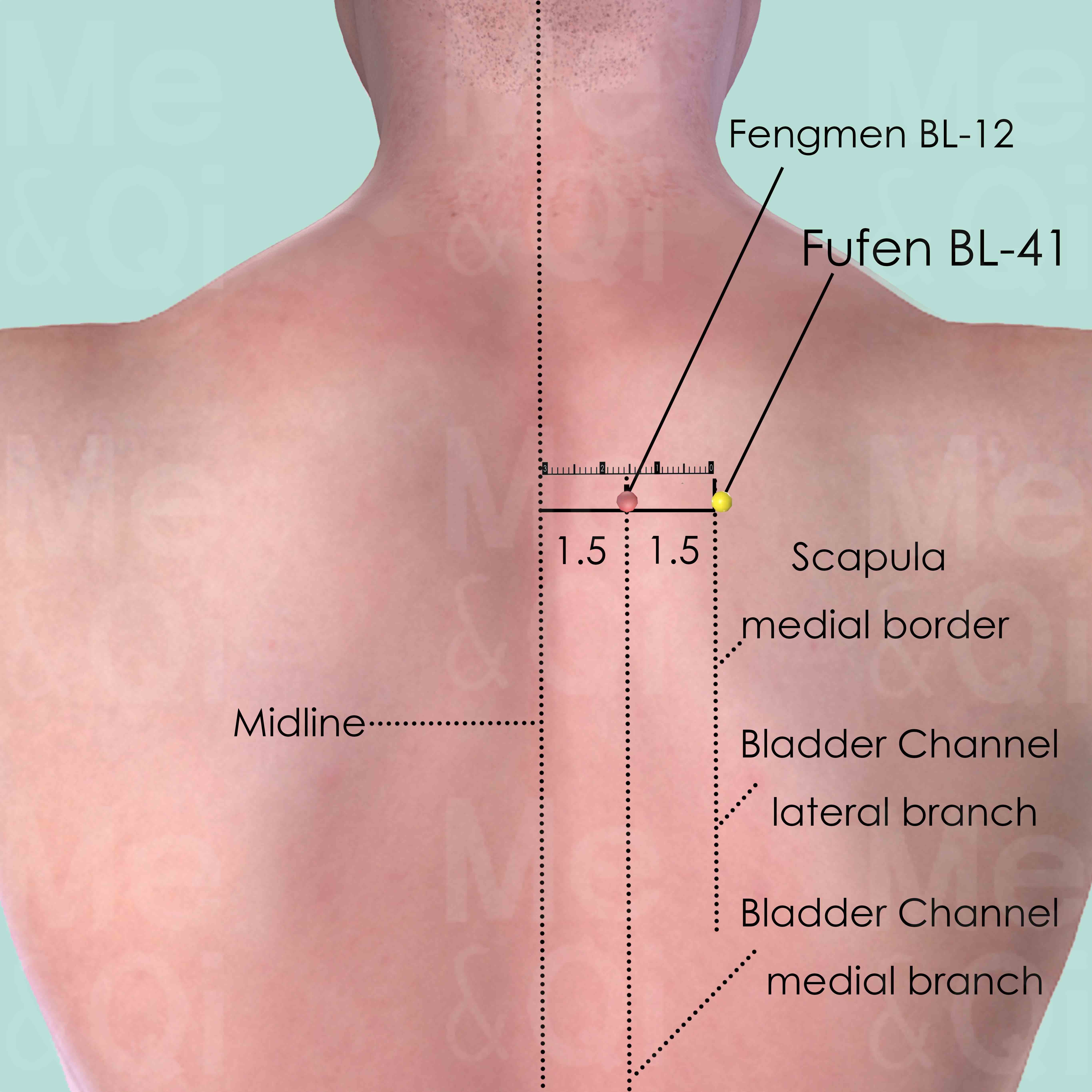
Fufen BL-41
3 cun (about 4 finger-breadths) lateral to the lower border of the spinous process of the 2nd thoracic vertebra (T2).
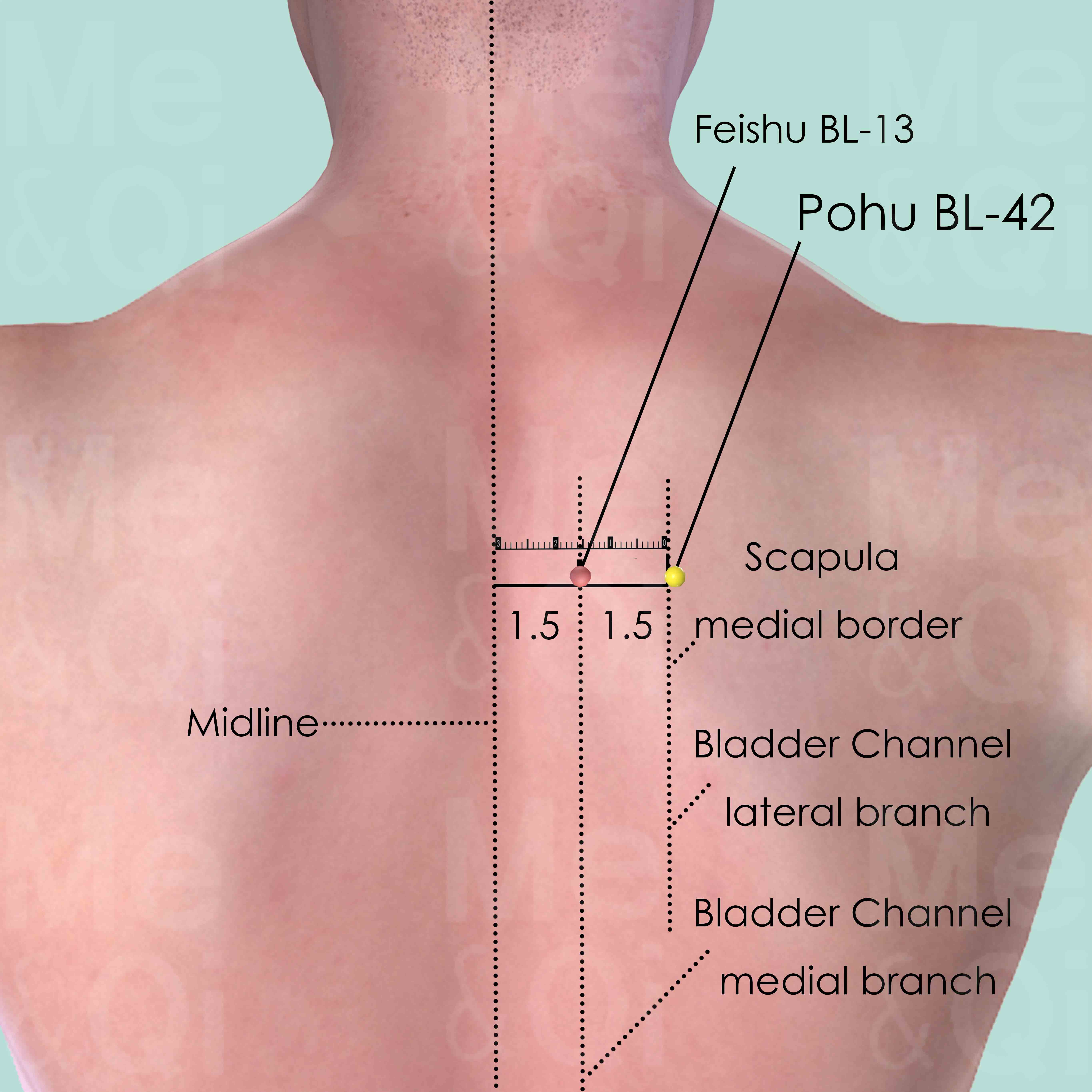
Pohu BL-42
3 cun (about 4 finger-breadths) lateral to the lower border of the spinous process of the 3rd thoracic vertebra (T3).
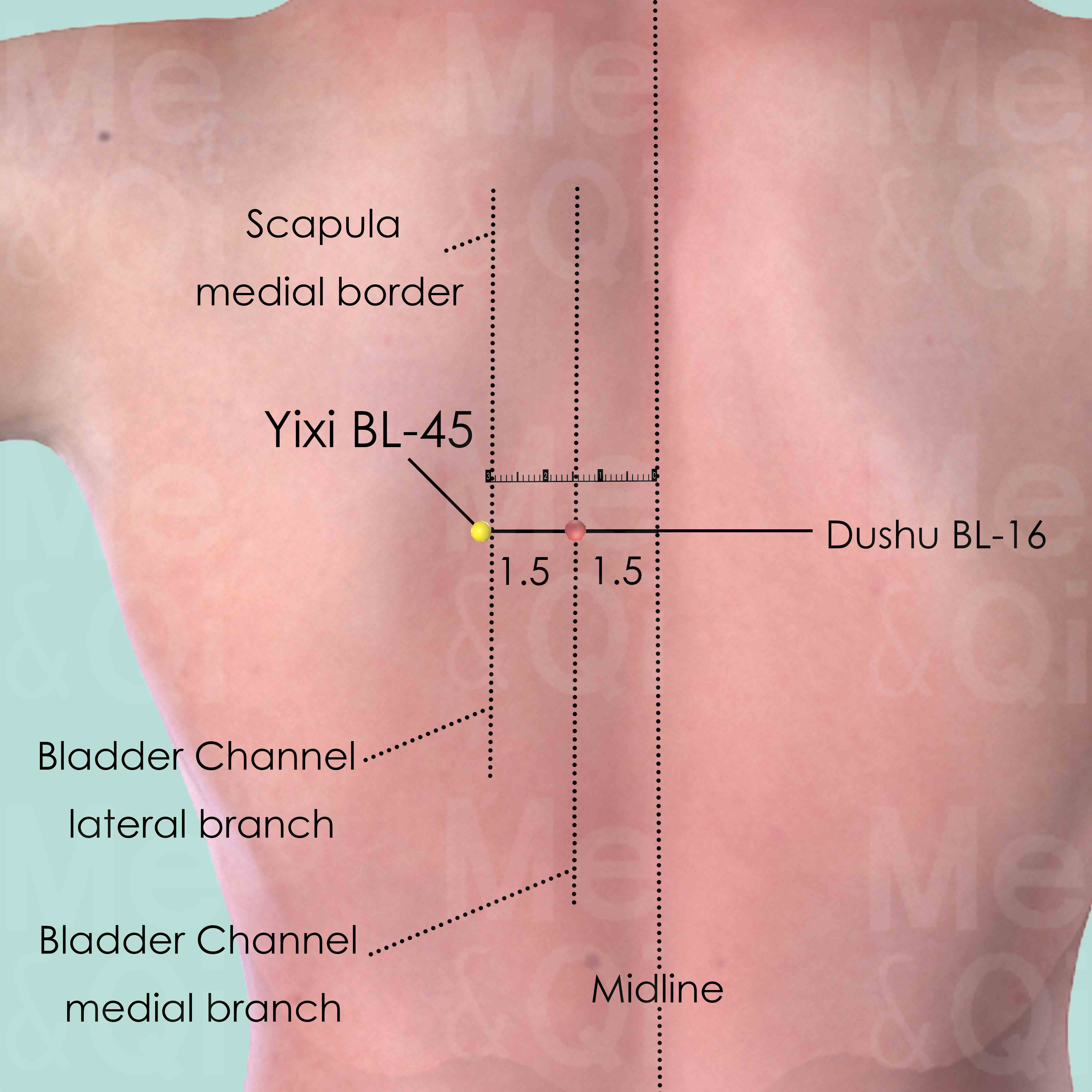
Yixi BL-45
3 cun (about 4 finger-breadths) lateral to the lower border of the spinous process of the 6th thoracic vertebra (T6).
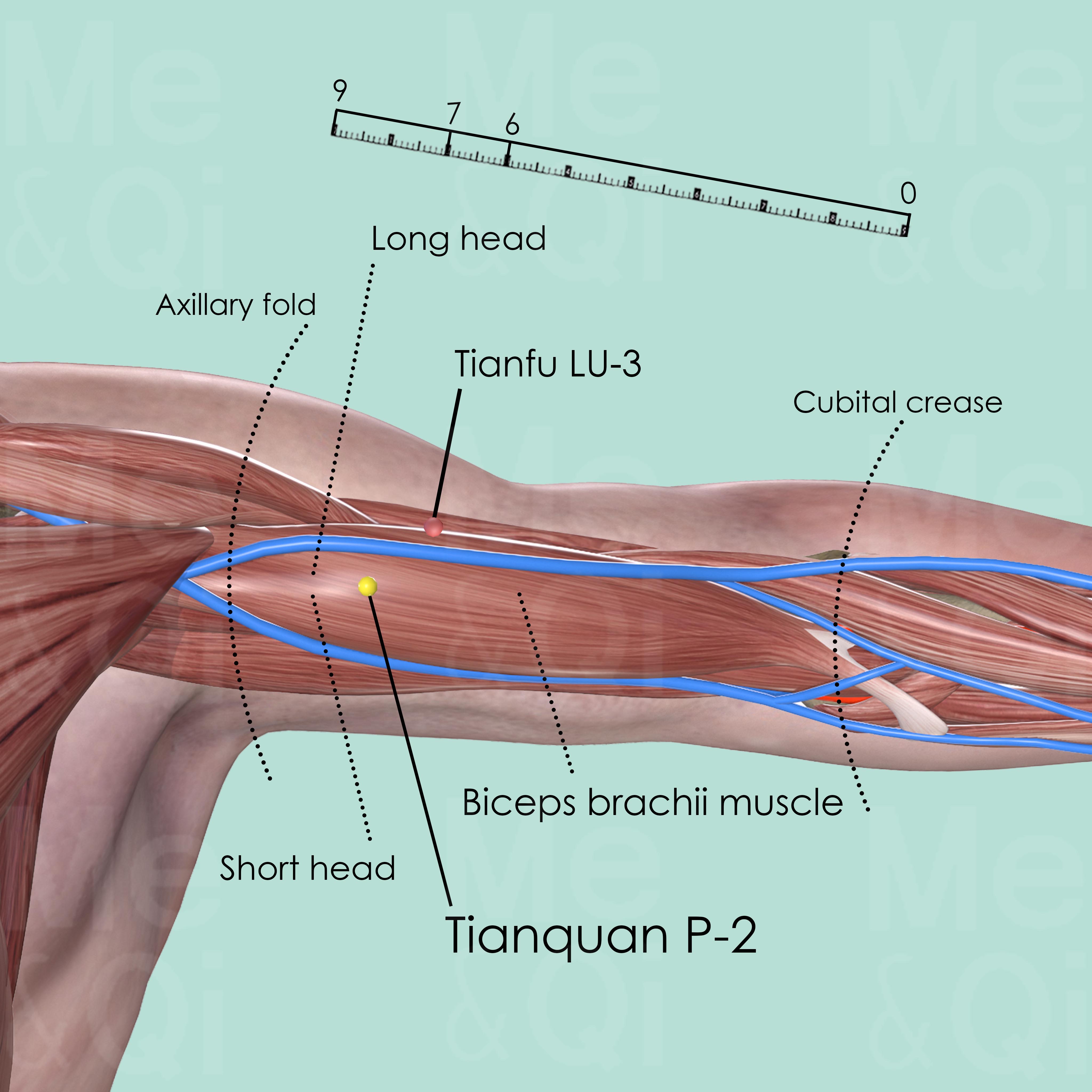
Tianquan P-2
2 cun below the end of the anterior axillary fold, between the two heads of biceps brachii muscle.

